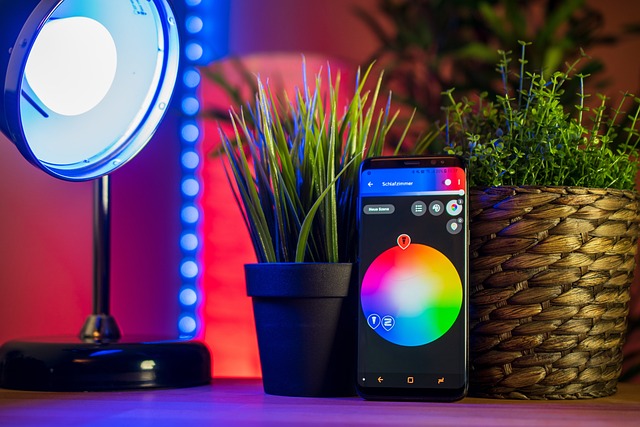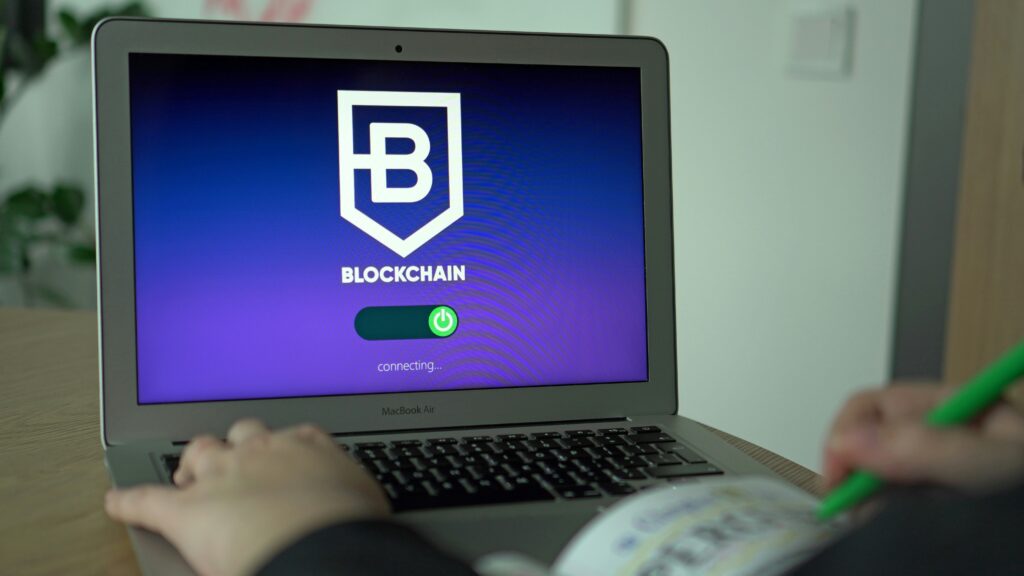Smarter Energy Use with Everyday Devices
Smart home technology is no longer just about convenience. In 2024, it’s also a key driver of energy efficiency. From thermostats to lighting systems, the latest tools are helping homeowners and office managers cut costs, reduce waste, and make real-time adjustments without relying on manual oversight.
Smarter Climate Control
Gone are the days of fiddling with the thermostat based on guesswork. Today’s smart thermostats learn your routines, monitor environmental factors, and adjust settings dynamically.
- Automatically adjusts temperatures based on occupancy and time of day
- Adapts to seasonal shifts and local weather forecasts
- Helps maintain comfort while minimizing energy use
Automated Lighting and Appliance Use
Lighting and appliance scheduling is becoming a core energy-saving strategy. With the right setup, devices only run when needed.
- Schedule lighting based on daylight hours or room occupancy
- Ensure kitchen appliances or electronics power down during off-hours
- Use presence detection to turn off lights in empty rooms
Real-Time Usage Insights That Drive Behavioral Change
Tracking energy consumption is no longer buried in monthly statements. Smart meters and home energy dashboards offer immediate feedback, which encourages smarter habits.
- Get alerts for unusual spikes in energy use
- Compare daily and weekly usage patterns
- Identify energy-intensive devices that need upgrading
For a deeper look at how connected devices are transforming efficiency in both residential and office settings, check out this full guide: Leveraging IoT for Energy Efficiency in Homes and Offices
What “Smart Home” Really Means in 2024
In 2024, a smart home isn’t just about gadgets that talk to each other. It’s about systems that actually make life smoother without turning your living room into a tech support nightmare. Today’s smart home is defined by how well it adapts, learns your patterns, and simplifies decisions.
There are five categories where this shift shows up: lighting, security, energy, appliances, and voice control. Lighting now responds to time of day or activity without being annoying. Security systems have become smarter and harder to trip up, using AI to tell a stranger from your mailman. Energy management is less about gimmicks and more about cold savings—automated climate control tailored to your routine. Appliances like fridges and ovens are integrating with apps to help with planning and timing. Voice control continues to improve, with better context and fewer mistakes, finally making it worth using for more than just playing music.
But there’s a catch: the more devices you stack, the easier it is to end up with a mess. Not everything plays well together, and one poorly integrated system can throw the whole thing off. The win happens when devices quietly work in the background and don’t demand your attention every five minutes. A true smart home feels easier, not busier.
Smart home tech isn’t just a buzzword. It’s making everyday life smoother, safer, and more tailored. Convenience leads the charge. Think lights that turn on before you step inside, coffee machines that brew with your wake-up alarm, and locks you can control from your phone. These aren’t gimmicks—they’re time-savers that make routines nearly effortless.
Peace of mind is another big win. Motion alerts, door sensors, and live camera feeds let you check in from anywhere. Whether you’re at work or on vacation, you stay in the loop. That level of control cuts down stress.
Then there’s customization. Smart homes now learn your habits. If you’re an early riser who prefers low lights and acoustic playlists at 6 a.m., your house can adapt to fit that vibe. And it works the other way too—power down everything when you leave for the day, automatically.
Accessibility rounds out the picture. Voice assistants and app-based systems are empowering for seniors and people with disabilities. Doors open, thermostats adjust, and reminders chime—all without lifting more than a finger. Tech is finally catching up to real human needs.
Smart home ecosystems are getting smarter, but there’s still one major headache: getting everything to play nice together. The balance between physical interfaces and voice-controlled or app-based commands is still in flux. Some users swear by speaking to their devices. Others stick to physical controls for speed and reliability. Vloggers, especially those filming in dynamic environments, need both. Hitting a switch mid-record versus fumbling with voice commands can make or break a take.
On the interoperability front, things are moving but slowly. Protocols like Matter are supposed to make it easier for devices to talk across brands, but real-world results vary. Some platforms still lock you into their walled garden. For creators layering gear—lights, cameras, audio, smart displays—getting them all synced without lag or glitches takes patience. It’s getting better, but it isn’t seamless yet.
Then there’s the big decision: go all-in with one brand, or mix and match? The upside of sticking to Apple, Google, or Amazon is tight integration. But open ecosystems offer flexibility and often better value. The tradeoff is time. More configuration, more updates, more testing. For serious vlog setups, the final choice depends on how much control you need—and how much complexity you’re willing to manage.
Smart homes are convenient, but they come with strings attached. Every device you add—from voice assistants to smart thermostats and security cameras—collects data. That data can include voice recordings, behaviors, usage patterns, even when you’re home or away. Most of it is used to make these devices feel more helpful. But if you’re not careful, that same data can be used for things you didn’t sign up for.
Securing your smart home doesn’t require tech wizardry. Start by changing default passwords. Use two-factor authentication everywhere it’s offered. Keep your devices updated—firmware updates often patch major security gaps. Segment your Wi-Fi network so smart gadgets stay on their own island, away from your laptops and phones.
The bigger question is this: how much control are you willing to give up for comfort? Personalization feels good in the moment, but it’s built on a constant stream of your habits and data. Knowing what you’re trading helps you decide what’s worth it—and what’s better left unplugged.
Smarter Tech Means Smarter Living
Vlogging tech isn’t just about better cameras or editing gear anymore. In 2024, it’s about how tech sees you and anticipates what you’ll need before you even move. Predictive automation and AI-driven behavior mapping are shaping how creators capture, edit, and even plan their content. Tools that used to help you manage your schedule can now read your patterns and recommend optimal times to film or post.
On the home front, smarter energy grids are no longer a buzzword. Creators are building out green home studios with tech that tracks, balances, and reduces power consumption intelligently. Think solar setups that work with your filming schedule or voice-controlled lighting rigs that adjust to the time of day and platform-specific specs.
Looking forward, the next wave is already peeking over the horizon. We’re talking wellness sensors that track fatigue while filming and nudge you to take a break. Adaptive learning environments that customize software tutorials or gear settings based on your learning style and skill level. The future for vloggers isn’t just fast — it’s getting personal, sustainable, and eerily intuitive.
Smart Gear for Lean Creators
Simple Upgrades, Big Impact
You don’t need a fully outfitted studio to create professional-looking content. Small, thoughtful upgrades can significantly improve production quality and viewer experience. Focus on gear that enhances clarity, consistency, and convenience.
Examples of low-effort, high-impact upgrades:
- A reliable lav mic or USB condenser for better audio
- Portable LED lights to control your lighting in any room
- Tripods and mounts that offer more flexibility for framing
Invest where it matters most—the goal is to make content creation smoother, not more complicated.
Usefulness Over Flash
It’s easy to get caught up in the hype of the newest tech, but flashy gear won’t save poor content. Prioritize tools and features that genuinely solve workflow problems.
Ask yourself:
- Will this help me create faster or better?
- Does it simplify setup or editing?
- Is it easy to use consistently?
Gear should serve your process, not distract from it.
Keep It Quiet, Keep It Simple
Smart home tech and creator tools should quietly support your work—not take center stage. Think plug-and-play setups, minimal fuss, and automation where it helps.
Instead of chasing trends:
- Focus on building a reliable, low-maintenance kit
- Look for gear that works well across multiple platforms
- Aim for efficiency so you can spend more time creating
Smart creators in 2024 are turning lean setups into powerful production machines—without overcomplicating their process.


 Lorissa Ollvain is a tech author and co-founder of gfxrobotection with expertise in AI, digital protection, and smart technology solutions. She is dedicated to making advanced technology accessible through informative, user-focused content.
Lorissa Ollvain is a tech author and co-founder of gfxrobotection with expertise in AI, digital protection, and smart technology solutions. She is dedicated to making advanced technology accessible through informative, user-focused content.

